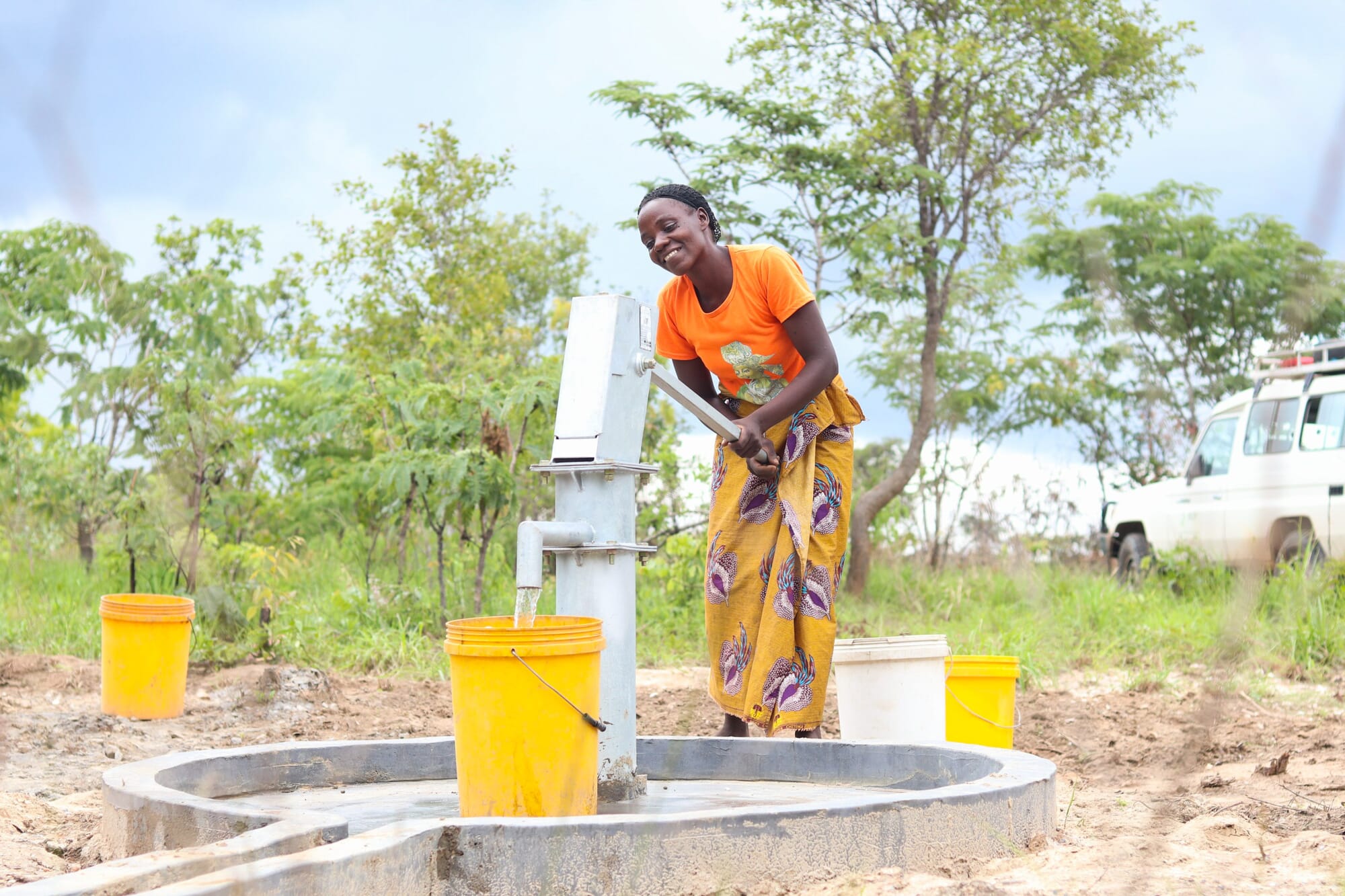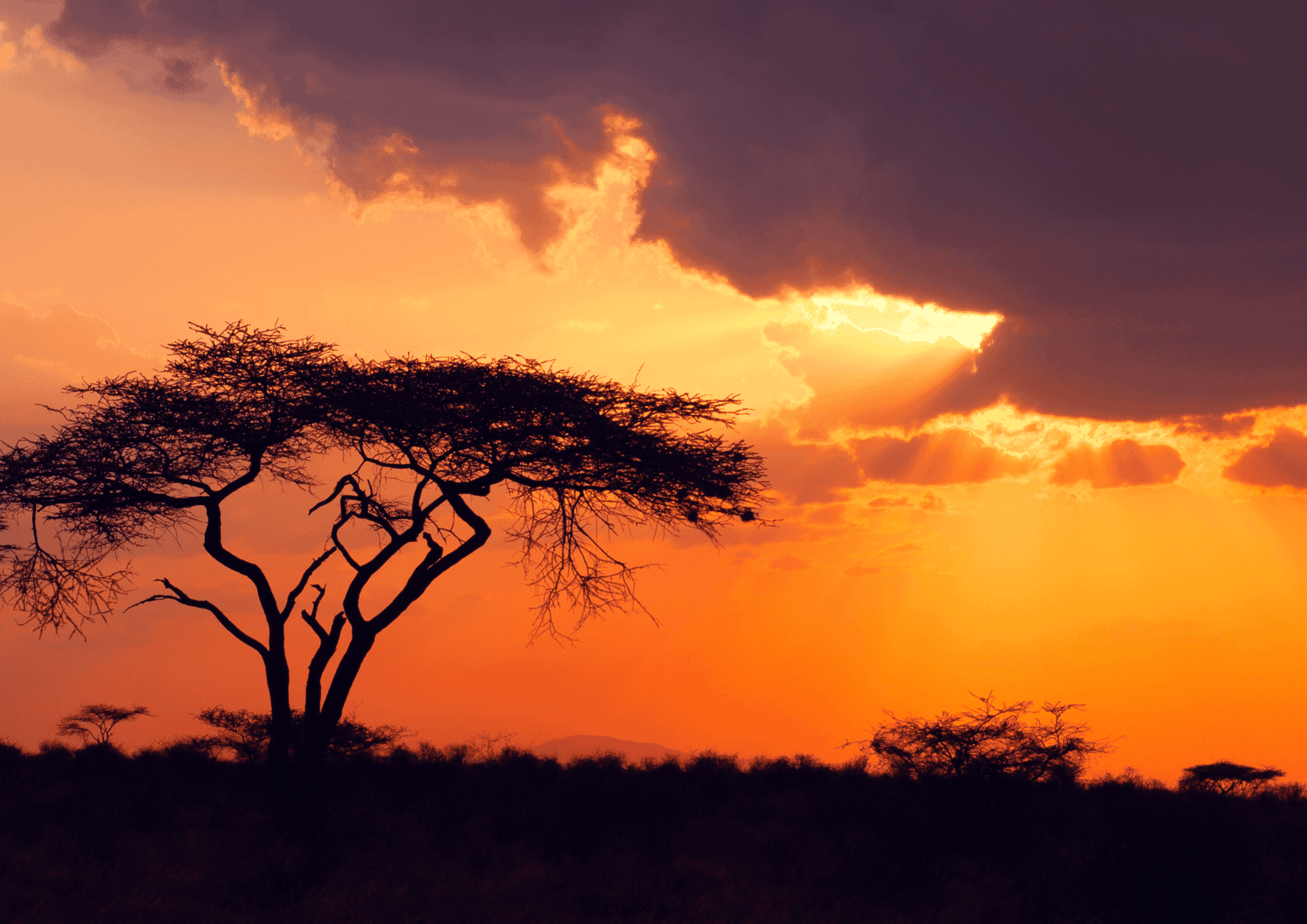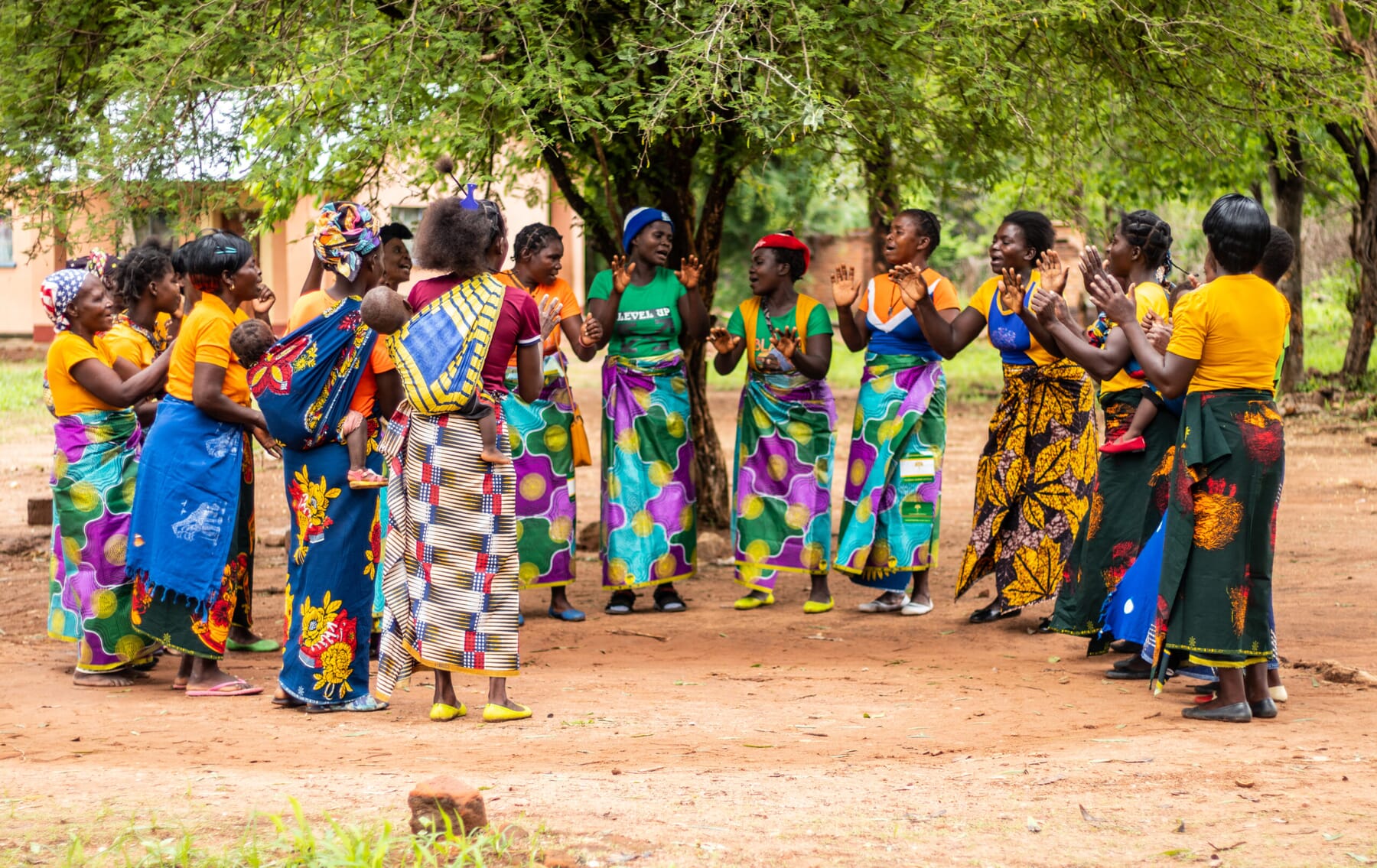As the first REDD+ project in Zambia, the Lower Zambezi REDD+ Project pioneered the development of forest conservation projects in the country. The project is currently the first project in Africa to have achieved 9 consecutive and successful verifications against the Verified Carbon Standard (VCS) and was the first project in Africa (second in the World) to achieve CCB Triple Gold Verification against the Climate, Community, and Biodiversity Alliance Standards.












0
Total hectares of forest protected
0
Estimated trees protected
0
Households benefit directly from conservation fees
0
Community Beneficiaries
0
Tonnes of carbon dioxide emissions reduced annually
0
Community and Livelihood Impact projects implemented since inception
The project covers a 40,126-hectare buffer to the Lower Zambezi National Park, providing a vital buffer area to The Lower Zambezi National Park on a piece of private land known as Rufunsa Conservancy, protecting over 60 kilometers of the boundary.
In cooperation with local community members in Bunda Bunda Chiefdom and The Soli Shamifwi Royal Establishment, the project develops sustainable land-use practices that conserve threatened forests and wildlife, while also investing in development for rural communities.
In 2023 the LZRP was selected among another 32 projects to pilot Verra’s nature crediting framework (SD VISta Nature Framework), with the overall aim to be able to start issuing biodiversity credits in upcoming years.
0
BCP supported Community Scouts
0
Number of Beekeeping farmers registered
0
Lead Farmers trained in Conservation Farming techniques
0
Carbon Fees and Livelihood Funds for Community Projects Disbursed since Inception
0
% Kwacha increase in annual household income since inception
0
WASH Projects since Inception
0
Education Related Projects since Inception
1
Health Related Project since Inception
The Southern Ground Hornbill is exceptionally important as the ‘Trigger Species’ for the project. Only one of the nine African savanna hornbill species, the Southern Ground-Hornbill is listed as being of ‘conservation concern’ by the IUCN (International Union for Conservation of Nature). Its presence in LZRP awards the Project CCB Triple Gold Verification for conservation efforts towards this species.
Verified to the highest possible standard under VCS and CCB, offset with the first REDD+ Project in Zambia, and do a ton of good!











